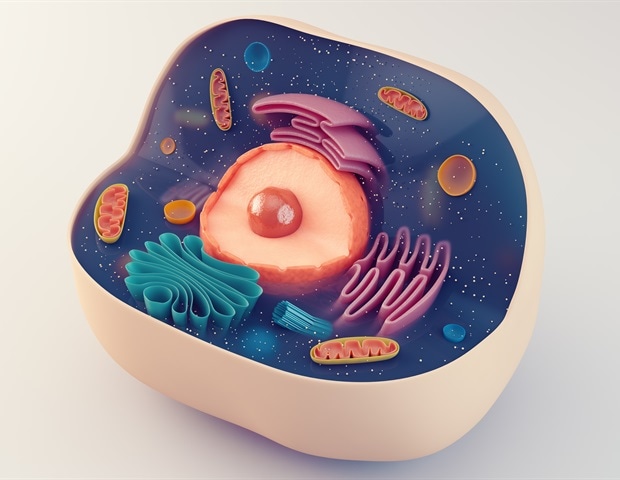There is variability in when and how cells divide during the development of embryos. While researchers traditionally believed this variability was an obstacle that needed to be regulated, the Hiiragi group now found that it actually promotes healthy development. The results, published in Science on 11 October 2024, encourage other scientists to see the potential of variability and could have significant impact on assisted reproductive technology.
An embryo consists of cells. These cells divide to make new cells, allowing the embryo to grow. The cells experience variability in how and when they divide and in how they interact with each other. Scientists traditionally believed that this variability was an obstacle to proper development of the embryo and needed to be filtered out. The Hiiragi group now published a study in Science suggesting otherwise.
Development of embryos
“We found that the randomness in when and how cells divide actually helps embryos to develop properly,” says Dimitri Fabrèges, a postdoc researcher in the Hiiragi group. He and his colleagues studied embryos of mice, rabbits and monkeys and were surprised by what they found.
Even though the timing of cell divisions were random, the embryos still formed organized and functional structures.”
Dimitri Fabrèges, Hubrecht Institute
Interacting cells
Every time cells divide and make new cells, an embryo grows. Consequently, all cells have to rearrange themselves in the growing embryo to form an organized structure. The Hiiragi group used so-called morphomaps to track how cells arrange themselves in space during development. Additionally, they analyzed how the cells physically interact with each other to form a connected structure – also called topology, and track how it changes in time and shapes the embryo.
Healthy development
The researchers found that higher variability in cell division leads to a more optimal arrangement of cells within the embryo, which promotes healthy development. “Our work suggests that the variability in when and how cells divide and how they interact with each other is not just tolerated in the developing embryo. It actually plays a functional role in promoting robust development,” Fabrèges explains.
Well-being of embryos
These results paint a radically different picture than was traditionally believed. “The role of variability in embryonic development is deeply overlooked in our field of research. But now, we show that it actually drives more precise and robust tissue development,” says Fabrèges. He and his colleagues hope that their study encourages other scientists to see the potential of variability. “It may even be possible that variability and topology are accurate predictors of the well-being of an embryo, which could have significant impact on assisted reproductive technology,” he concludes.
Source:
Journal reference:
Fabrèges, D., et al. (2024) Temporal variability and cell mechanics control robustness in mammalian embryogenesis. Science. doi.org/10.1126/science.adh1145.
Source link : News-Medica

